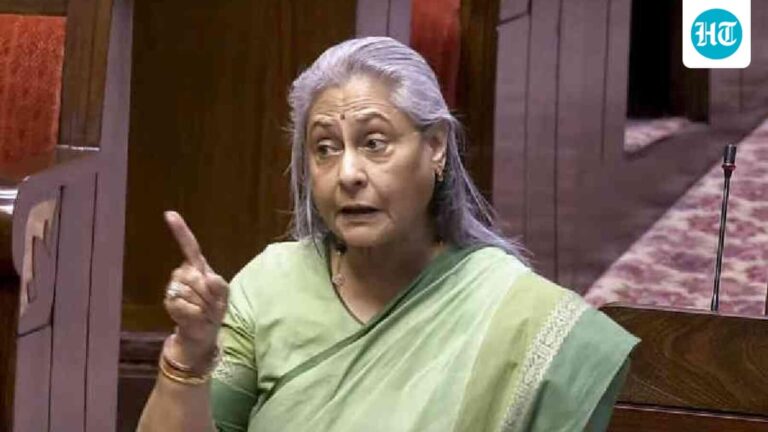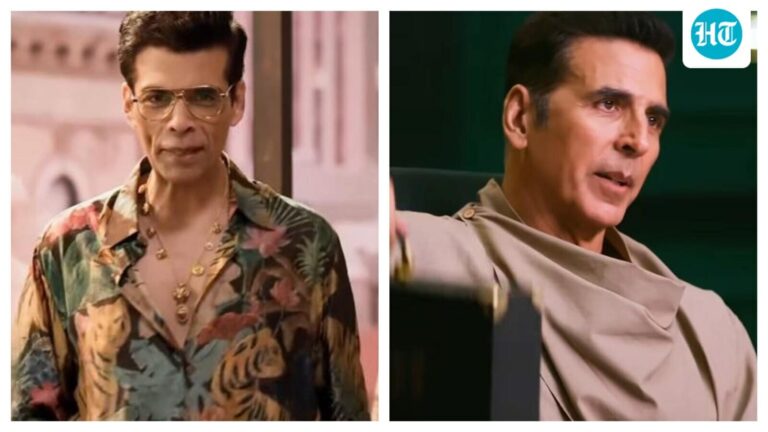How ‘One Battle After Another’ Triumphs in the End

“One Battle After Another” Wins the War
Grounding political drama in intimate storytelling
The challenge with political films is often timing. If a movie addresses current events, it can feel dated or, conversely, eerily prescient, as seen with recent releases coinciding with real-world incidents. “One Battle After Another,” directed by Paul Thomas Anderson, navigates these pitfalls with finesse.
Anderson’s film features a shaky hero unravelling the complexities of activism and absurdity. The narrative unfolds around a retrograde terrorist group, the French 75, intertwining personal drama with broader themes of rebellion.
The film features notable performances, including Teyana Taylor as a passionate revolutionary and Leonardo DiCaprio as Pat, a character grappling with his legacy while trying to protect his daughter from a tumultuous past.
The Personal Meets the Political
In this intricate narrative, Anderson balances the personal and political, outlining the impact of past decisions on present lives. The film’s protagonist is not just battling external forces but also confronting his own flawed humanity.
Among the antagonists is a caricature of chaos in the form of Steven Lockjaw, portrayed by Sean Penn, whose character embodies the absurdities of extremist ideologies, blending comedy with critique.
Complex Characters and Engaging Themes
Critics have argued that the radicals are romanticized, but the film ultimately portrays the fallout of their choices as tragic and disheartening. It deftly illustrates that, while political narratives can be compelling, the real story often lies in the characters’ emotional landscapes.
Anderson’s storytelling intertwines humor and tension, reminiscent of classics that blend action with deeper messages. The film navigates a world of shootouts and thrill rides, all while addressing serious issues like immigration and societal discord.
In a landscape where political messaging often falls flat, “One Battle After Another” successfully entertains while stirring conversation about its crucial themes. The film captivates its audience, urging them to reflect on the dynamics of freedom versus oppression.
Conclusion
In a cinematic world flooded with political discourse and commentary, Anderson’s film stands out, reminding viewers of the blurred lines between reality and storytelling. The fast-paced adventures and underlying morals create a rich narrative landscape.
What are your thoughts on how films like “One Battle After Another” engage with contemporary issues?





